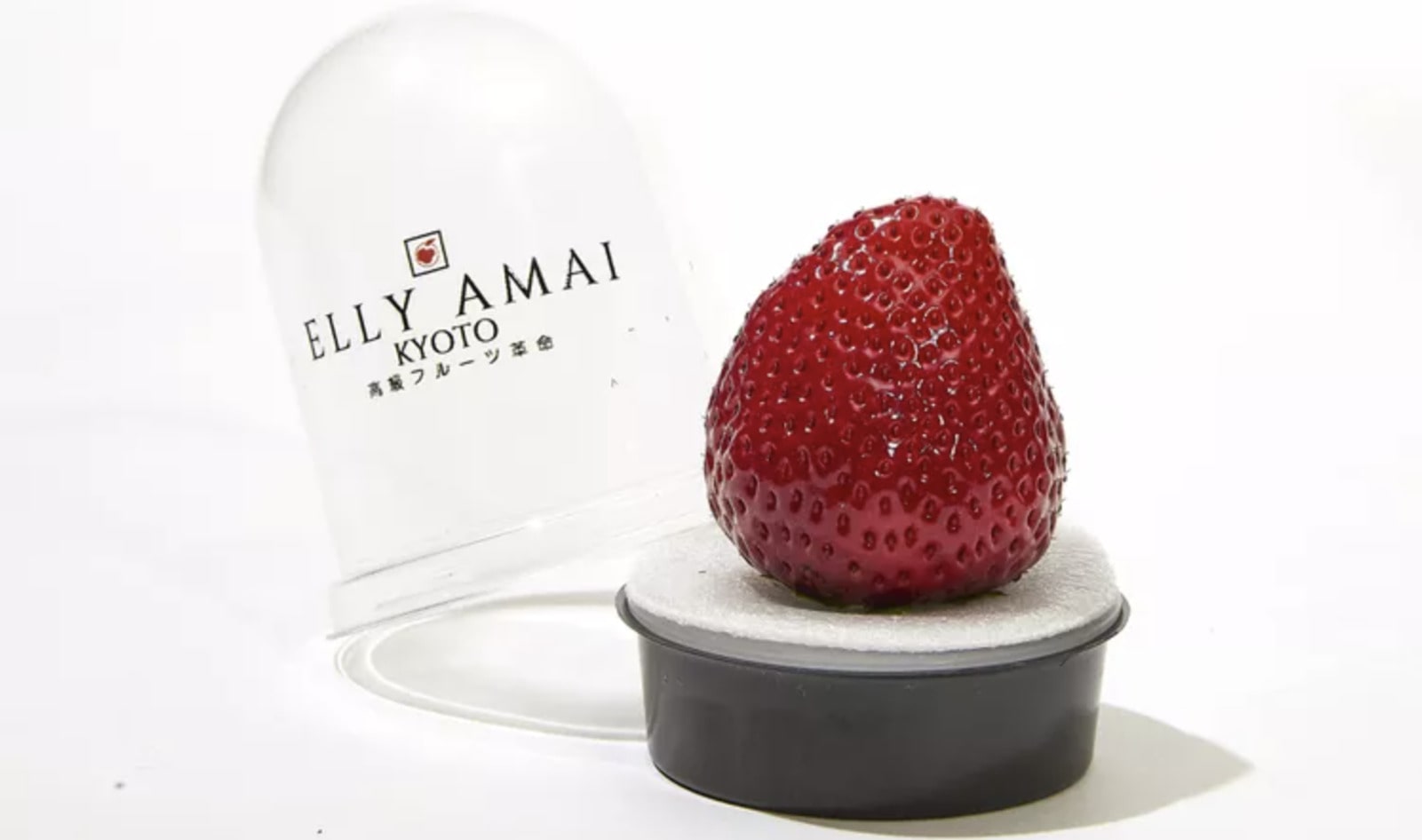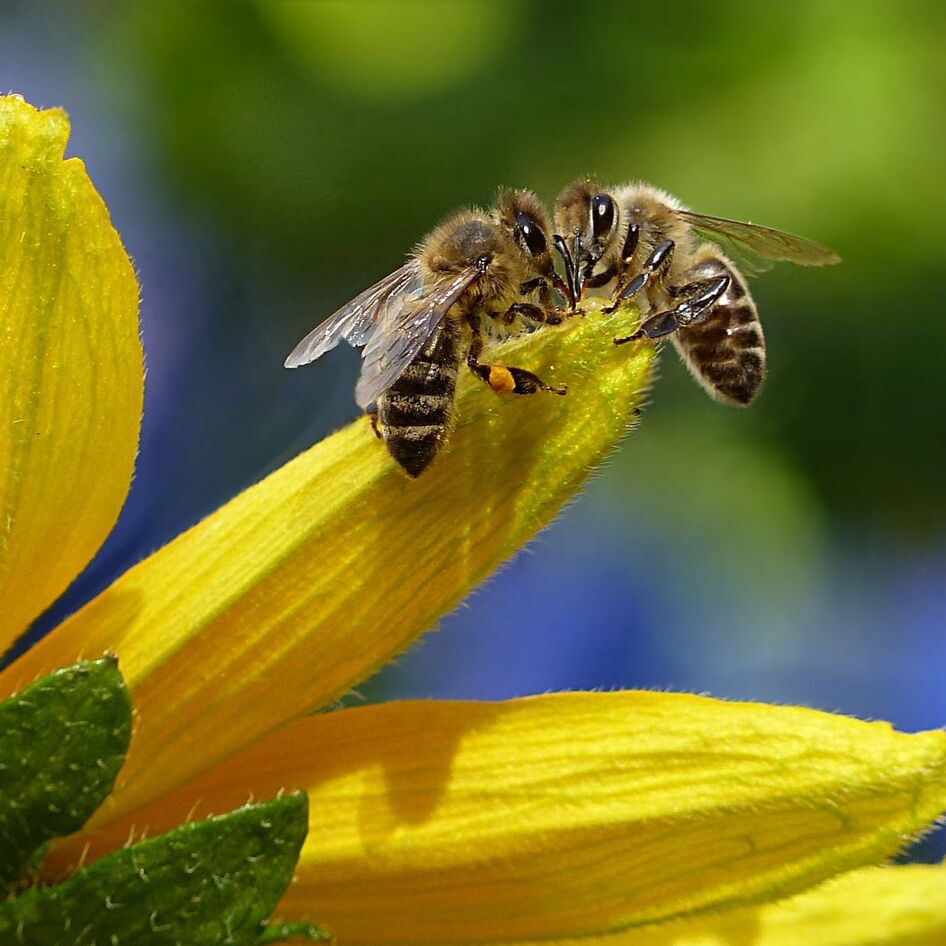It’s no secret that Erewhon caters to those seeking a luxury shopping experience. The Los Angeles-based grocery chain isn’t where you go for budget-friendly essentials—it’s where you splurge on $20 celebrity smoothies, like Hailey Bieber’s Strawberry Glaze Skin Smoothie, or a $21 Combo Plate for lunch. Even the produce comes with a premium price tag. Earlier this year, Erewhon made headlines for selling a single luxury strawberry for $20.
Why was this strawberry so expensive? A few reasons. First, it was imported from Kyoto, Japan, where it was meticulously cultivated by Elly Amai, a company known for producing rare, high-quality fruit. Second: the size. Grown in Tochigi, these strawberries are bred to be as large as small apples, with vivid red color and near-perfect symmetry. Elly Amai also offers Japanese Musk Melons for $105 each.
“The strawberries are picked at their prime and hit the shelves at Erewhon within 24 [to] 48 hours,” a representative for Erewhon told TODAY.com. “[That’s] faster than broccoli growing in California getting to markets in New York.”
They added: “If you think logistics-wise, getting it here and being able to try it fresh from Japan, it’s very understandable why the price is what it is.”
Even if you don’t shop at Erewhon, you might be able to grab your own giant strawberry at your local grocery store or supermarket, and this is due to changing growing conditions. But will these berries also come at a premium?
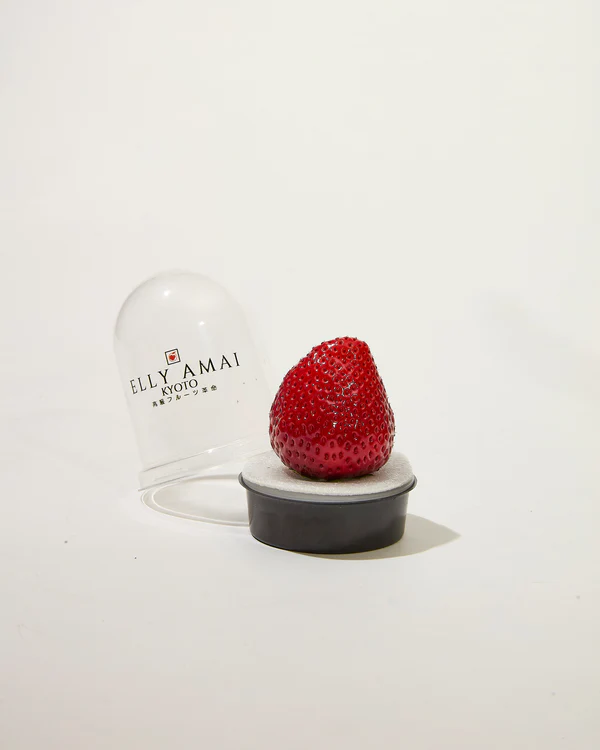 Elly Amai
Elly Amai
Why strawberries are growing bigger than ever
In the UK, for example, farmers have been in awe of their strawberry crop this year. The popular berries are growing bigger than ever. In fact, at British company The Summer Berry Company, the strawberries are 20 percent larger this year on average.
“The warm weather, high light levels, and active pollination have come together beautifully,” Nick Marston, chair of British Berry Growers, told The Independent recently. “We’re expecting a strong yield and outstanding taste quality this season.”
In the US, strawberries have also been looking bigger than ever. In 2023, in particular, shoppers started to notice that their favorite red berries were significantly larger. Again, this was due to good growing conditions.
“In some years, weather may play a role. For example, both the East and West coasts had relatively cooler springs, which resulted in an extended harvest,” Jayesh Samtani, a small fruit expert at Virginia Tech, told Phys.org. “Moisture also plays a role. Improvements in fertigation and irrigation techniques and insect pollination would also lead to larger fruit.”
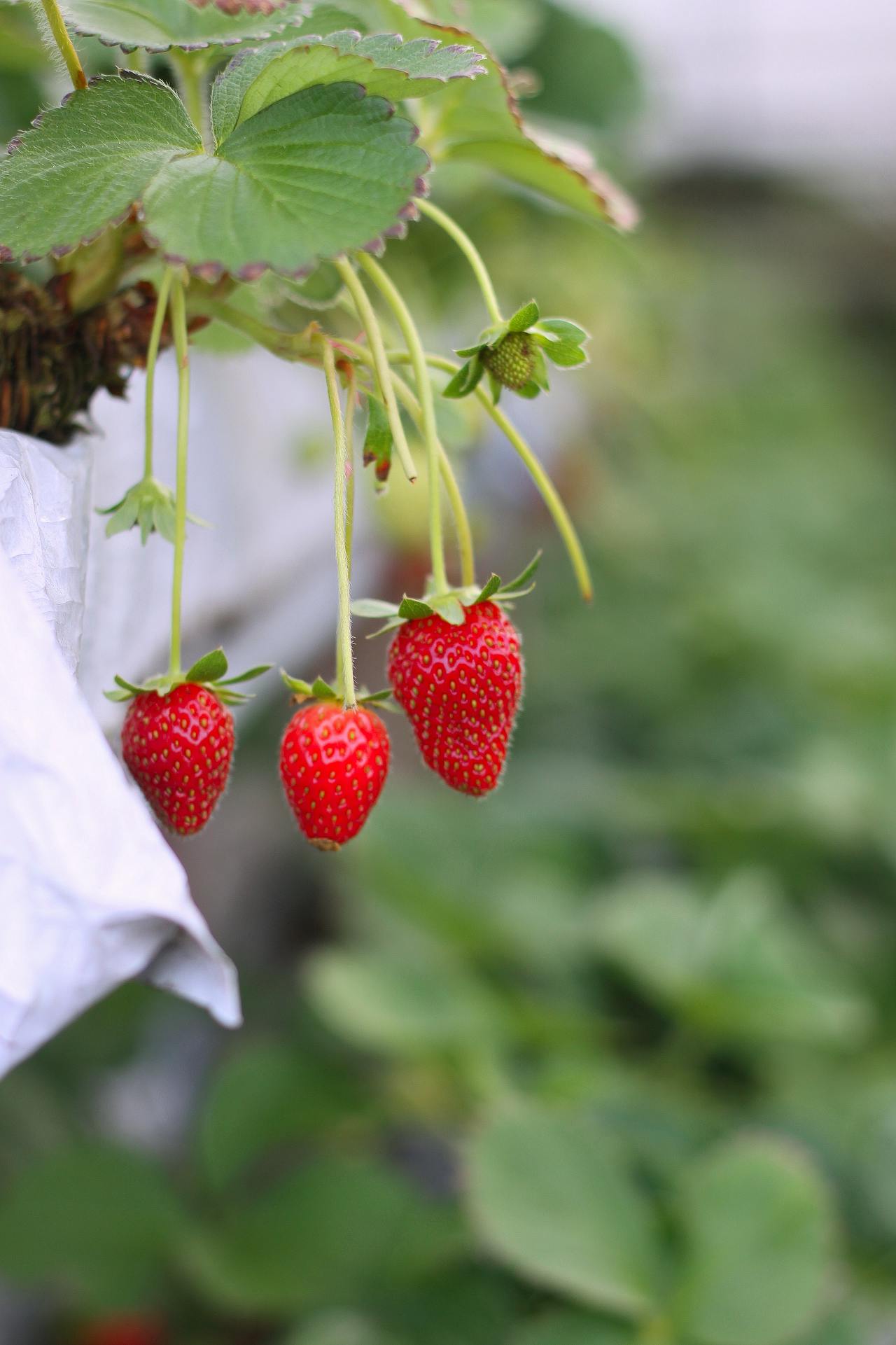 Pexels
Pexels
Strawberries are also at risk from the climate crisis
But strawberries are vulnerable. In 2024, another study found that due to increasing temperatures as a result of the climate crisis, strawberry yields could dramatically drop. In fact, researchers from the University of Waterloo in Ontario suggested that strawberries could become scarcer and more expensive, and yields could be reduced by up to 40 percent.
This is a problem for a few reasons. Firstly, strawberries are valuable. In the US, the market was valued at around $3.6 billion, for example. They’re valuable because they’re juicy and tasty, of course, but also because they’re beneficial to human health. Strawberries are a great source of vitamin C, fiber, and antioxidants, for example. A 2023 study also found that a daily serving of strawberries can improve cognitive function and heart health.
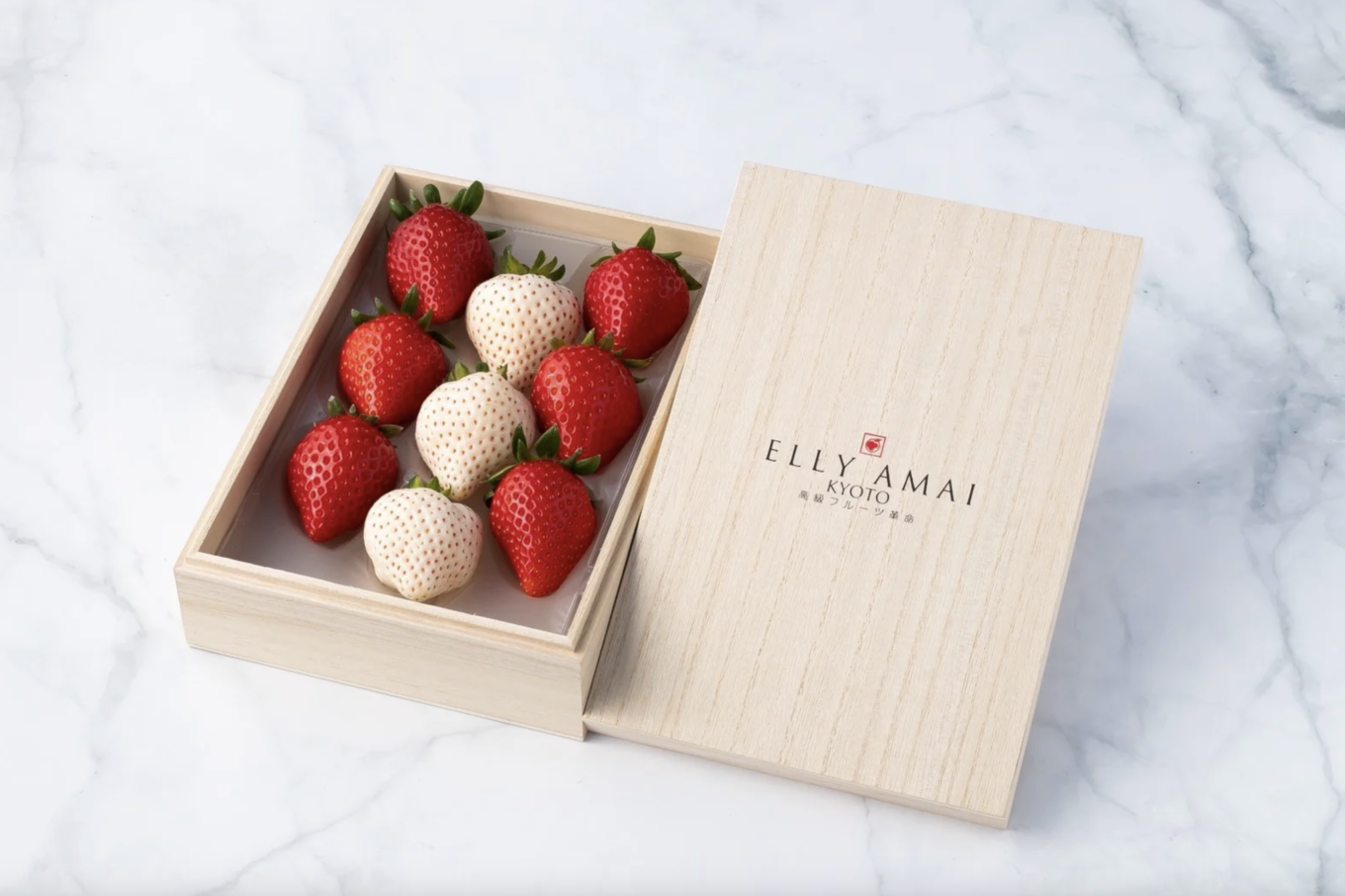 Elly Amai
Elly Amai
BECOME A VEGNEWS VIP: Get exclusive product deals, freebies, and perks galore!
“This research shows how climate change can directly impact the foods we love, emphasizing the importance of sustainable farming practices to maintain a stable food supply for everyone,” Poornima Unnikrishnan, PhD, a postdoctoral fellow in the Department of Systems Design Engineering at Waterloo, said in a statement.
Erewhon’s $20 strawberry might seem like the ultimate luxury splurge—but it could also be a glimpse into the future, where strawberries of all kinds, not just giant Japanese imports, come at a premium. If there was ever a time to appreciate them, whether grown in Kyoto, California, or your own backyard, it’s now.
For more plant-based stories like this, read:
JUMP TO ... Latest News | Recipes | Guides | Health | Subscribe

